Normally, reviewing two RPGs in a row is something I actively try to avoid, as marathoning games heavy in both story and runtime can really become a struggle. However, following up my playthrough of Shin Megami Tensei V with Blue Reflection: Second Light has been an interesting experience, as I’m not sure if you could find two Japanese RPGs that are such polar opposites. With SMTV, we get a brutally difficult game that was light on story and characters but heavy on complex gameplay; with Second Light, we get an incredibly easy game with more shallow gameplay but hugely fleshed out cast members and narrative.
Unlike Altus’ long-awaited Switch release, Blue Reflection: Second Light is a game without a huge following, and one which will no doubt fly under the radar for a whole lot of people. For me, though, it was something I absolutely wanted to play after stumbling upon its predecessor, 2017’s Blue Reflection. Surprisingly released in the West by Koei Tecmo—and released physically, at that—the game centered around the story of a young girl’s failings in her everyday life, and the second chance she got after becoming a magical girl tasked with saving the world. Blue Reflection certainly had its share of awkward moments and unpolished gameplay, but it was a tale of friendship, teenage awkwardness, and girls supporting one another that so often had its heart in the right place.
Whereas the original fits into the more traditional formula of “magical girls save their city from the monster of the week,” Second Light almost instantly takes things in a very different direction. I can’t actually tell you much about the story without massive spoilers, and I want to be careful not to oversell it too much, but I genuinely loved the direction this game takes. I’m a sucker for stories about people finding themselves in a mysterious place where nothing makes sense, and Second Light brings up story beats that took me back to my days of religiously watching Lost to see what craziness would happen next. (Though, I know that comparison might not exactly be a positive one for some.)
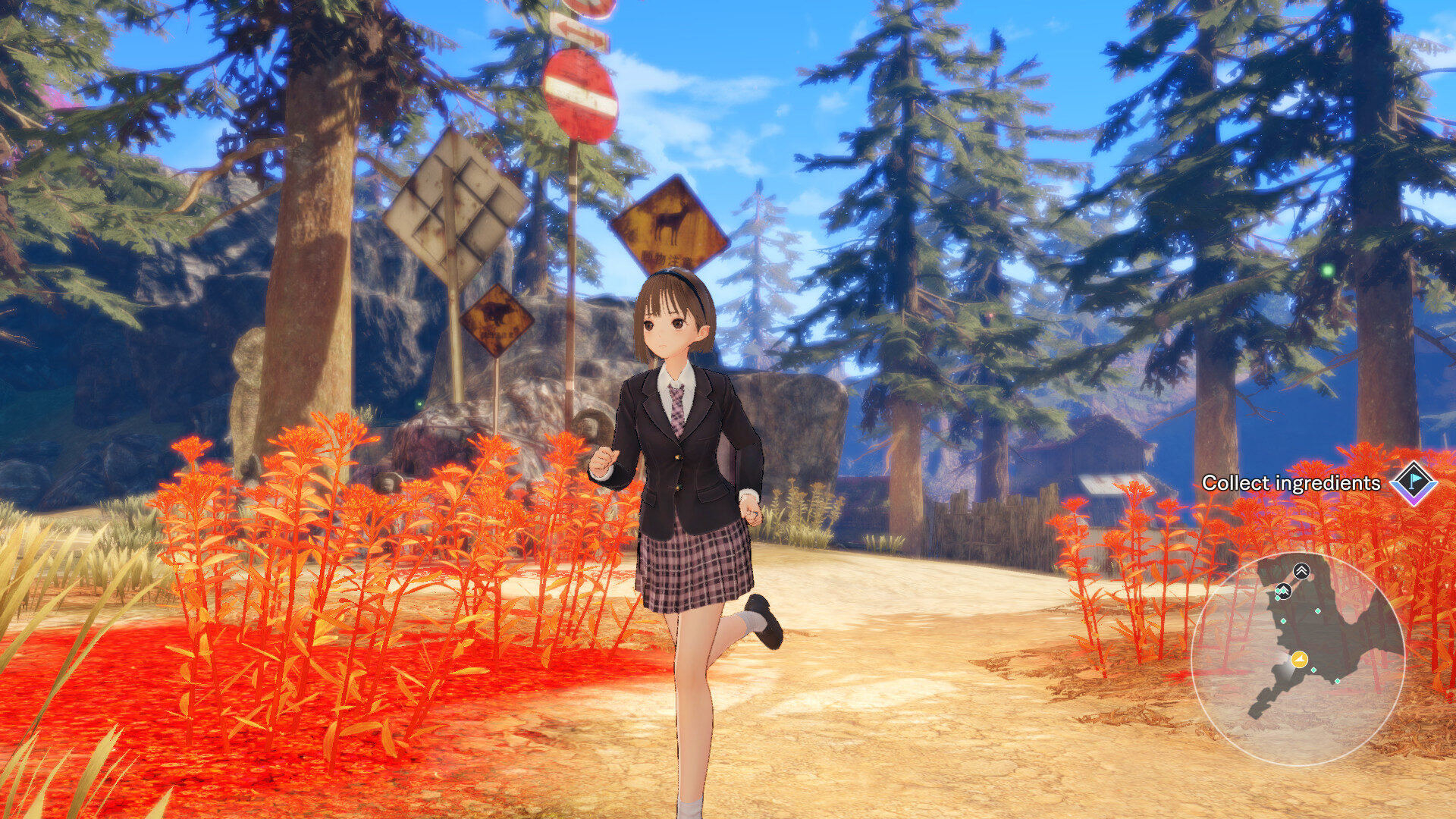
What I will say is that part of the game’s focus is on uncovering the lost memories of the main cast, and to do so, players must send protagonist Ao Hoshizaki and her teammates into a variety of fantastical locations. For anyone familiar with the work of developer Gust, there’s only a certain level of expectation that one can put onto the ambition, polish, and budget of the studio’s RPG worlds. That said, the lands of Second Light have a surprising amount of beauty in both their art design and technical production. As someone who still remembers years of woefully unimpressive Atelier games on the PlayStation 3, I’ve got to give credit to Gust for how far it’s come in that area.
More important than those worlds or the enemies that await in them are the memories you’re trying to unlock. What I like about Second Light is that there’s no push to connect those memories to big, dramatic revelations in order to crank up the excitement factor. Here, those lost moments from the past might seem mundane, but they’re important to the specific character who lived them. Memories of friendships, or one’s fleeting childhood, or decisions that would later help shape them as a person. The backstories Second Light gives its heroines feel grounded and relatable, which in turn provides those girls more depth as characters. Sure, it’s more kiddie pool depth than lake or ocean depth, and none of the main roster can escape the trappings of typical anime tropes. Still, I think the game does more with its cast at times than plenty of other similar games out there, including its own predecessor.
Blue Reflection: Second Light caught me by surprise in its story and characters, because both feel like a legitimate step up from the original game—yet those were qualities I already expected to appreciate. What I wasn’t ready for is how interesting Second Light’s battle system turned out. Gust has long felt like a developer on the verge of coming up with a pretty darn good RPG battle system, but there’s almost always been something that ended up holding its games back in that regard. While combat here still isn’t groundbreaking, some of the ideas the team came up with are decent concepts that I don’t recall seeing before.
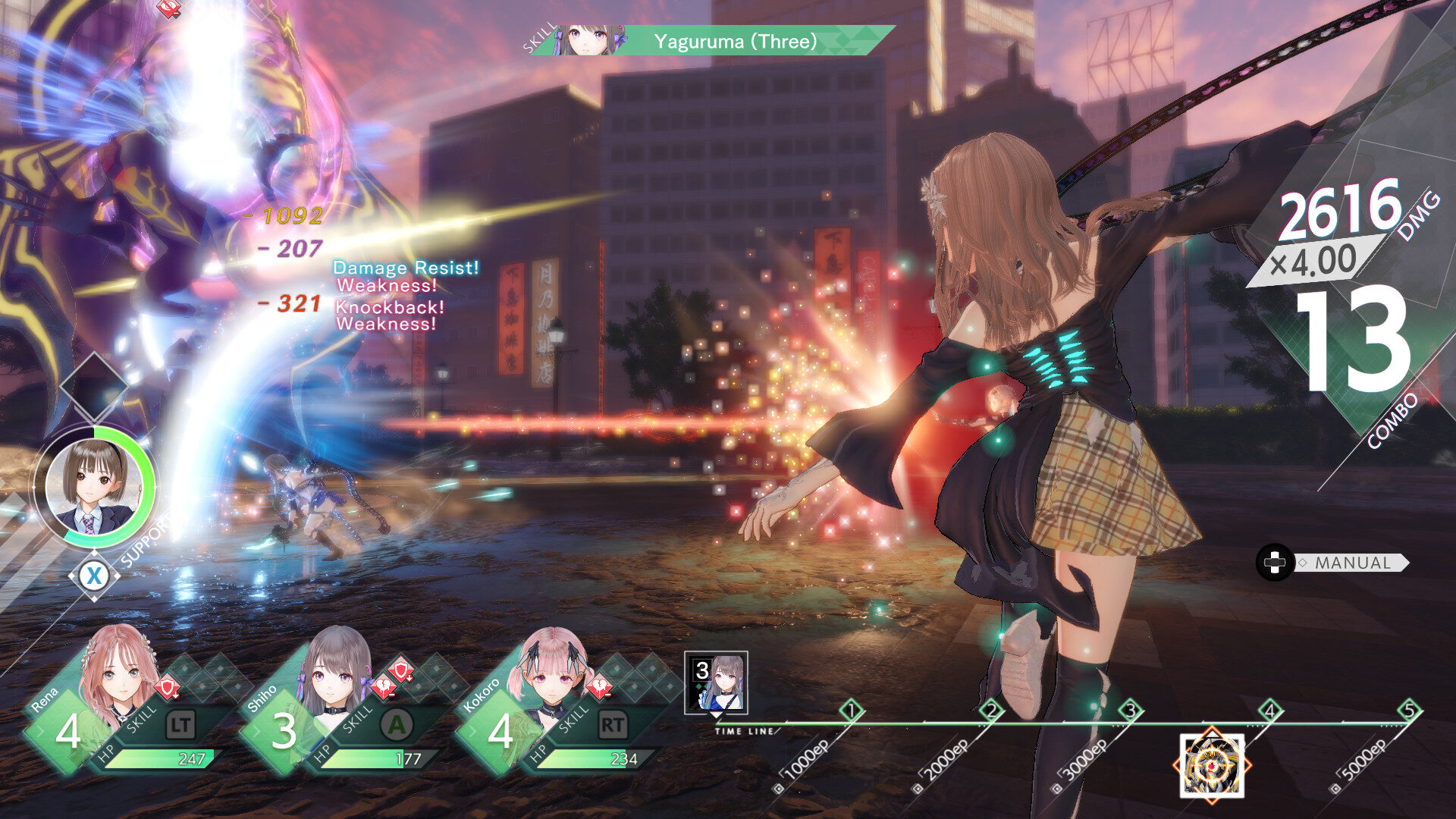
Like many other RPGs, Second Light’s battles center around a timeline. Both your party members and all enemies have icons representing them on that timeline, and icon positioning determines who takes their turn when. For the player, the line gets divided into chunks of 1,000 “Ether,” the point stock that powers all abilities. At the start of a fight, all three of your party members begin to progress along the timeline, and once each hits the first marker, they can spend those points to use any skill that costs 1,000 Ether. Initially, the farthest your characters can progress is to that first marker, but once they spend Ether to attack their opponents (either through your manual commands, or via AI for party members beyond the one you’re directly controlling), they’ll shift Gears to level two. A character being at Gears 2 means they can reach the second timeline marker, which grants them 2,000 Ether to spend. The more Ether someone has, the higher-powered skills you can use, or the more lower-level skills you can chain together during a turn. As well, the more you use Ether, the faster you’ll travel along the timeline to recover it. Once a character reaches Gears 3, they transform into their magical girl-inspired Reflector form, giving them more power to defeat foes.
Blue Reflector: Second Light’s battle system is a mix of fast action and turn-based tactics, and I wasn’t expecting how aggressive it would encourage players to be. It only makes sense to use up every bit of Ether you earn, as doing so will push you into higher Gears and increase your Ether regen even more. The question becomes one of waiting to earn bigger Ether pools to do more on your turn, or spending it as quickly as possible to get out more lower-level attacks to try to disrupt your enemies.
Combat in Second Light is far more fun than it has any right to be, but that fun does suffer from some weak production during fights—the camera is often placed far too close to characters to get the full effect of what they’re doing, and most attacks lack either a proper sense of weight or that satisfying oomph—and a low overall level of difficulty in the game. Look, when I come to a game like Blue Reflection, I want to play it to relax and experience the story, so I’m actually fine with it being on the easier side. Some out there will no doubt wish it were more of a challenge, though.
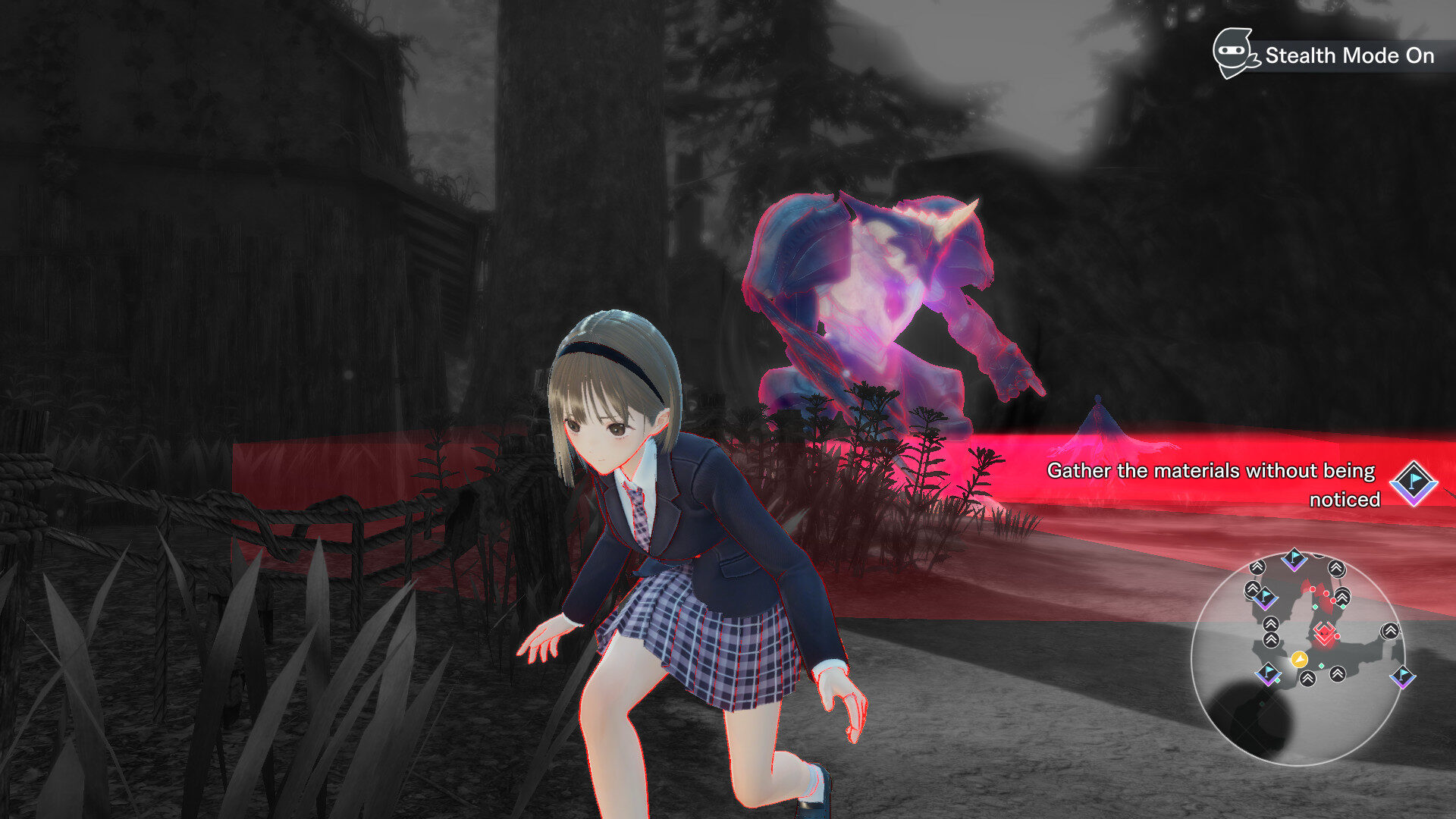
Curiously, Blue Reflect: Second Light then introduces another gameplay idea that feels totally out of place: stealth. When exploring around the world, you can go into stealth mode, which darkens background details but highlights the line of sight of all enemies roaming around the area. Generally, you’ll use this to help get an advantage by hitting a monster from behind to initiate combat (versus approaching them from the front), but it’s also used in a number of side quests where getting spotted by a monster means restarting the task from the beginning.
I think Gust added the stealth elements to Second Light to give it that “something” more in terms of gameplay, but it doesn’t at all fit with the themes of the game. While the stealth never truly drags things down, I can’t help but think of other ideas that would have been far more appropriate and beneficial to gameplay, such as puzzles, deeper world exploration, or character-specific abilities that could affect the landscape.
Gust also gives Second Light an additional gameplay gimmick, and this one fares much better. While crafting is an important part of the game overall, as that’s where all of your support and healing items will come from for the most part, you can also build new attractions on the grounds of the school that serves as the game’s main hub area. These can be anything from a snow cone stand to a small patch of sand meant to represent a beach getaway, with all serving to both enhance your party’s stats in different ways, and to offer more locations for you to take your party members out on dates. (That’s the exact word the game uses for spending time with the other girls, but definitely temper your expectations.)

There’s one other aspect of Blue Reflection: Second Light that I want to address, but it involves a topic that I tend to stay away from in my reviews: fan service. The reality is that, in a lot of Japanese games, there are moments where female characters are shown or represented in a way to specifically appeal to a male audience. Calling out every Japanese game that has some level of fan service would be a never-ending task, and there’s a lot you have to keep in mind when considering a game’s level of fan service—including the context in which it shows up. For example, I’ve got no problem with the over-the-top nature of the Dead or Alive series, because that’s the direction it’s taken since its start. Meanwhile, I found the optional bikini outfits in Fatal Frame 2 incredibly inappropriate, as they in no way fit the themes of the game or the personalities of its twin sister heroines.
While Blue Reflection was never overflowing with fan service, it did have scenes that felt out of place in the context of the game. I never really mentioned them in my review, because I felt like they were a minor aspect of the game, and because—for good or bad—that’s just what I’ve come to expect from Gust. However, I did wish those moments didn’t exist, because they stood out like a sore thumb in a game that was otherwise so friendly to female players.
This brings us to an interview that TheGamer did with Japanese illustrator Mel Kishida, who worked on both the original game and its sequel. In the interview, he states:
“I think focusing on fan service and making it the main aspect [of games and anime] is really starting to change,” he tells me. “Not just myself, but the dev team are really feeling that. Compared to the first game, we’re taking a different approach in terms of showing how appealing these characters are without having to rely on fan service. For Blue Reflection and other titles I’ve worked on, I’m seeing a change in how things are being perceived and the attitudes towards them. If you asked me, ‘Well, you’ve drawn a lot of sexy illustrations’ I would have to say that it isn’t because I like or dislike them, it’s that I’m creating things that fans and consumers enjoy looking at.”
Mel Kishida, TheGamer interview
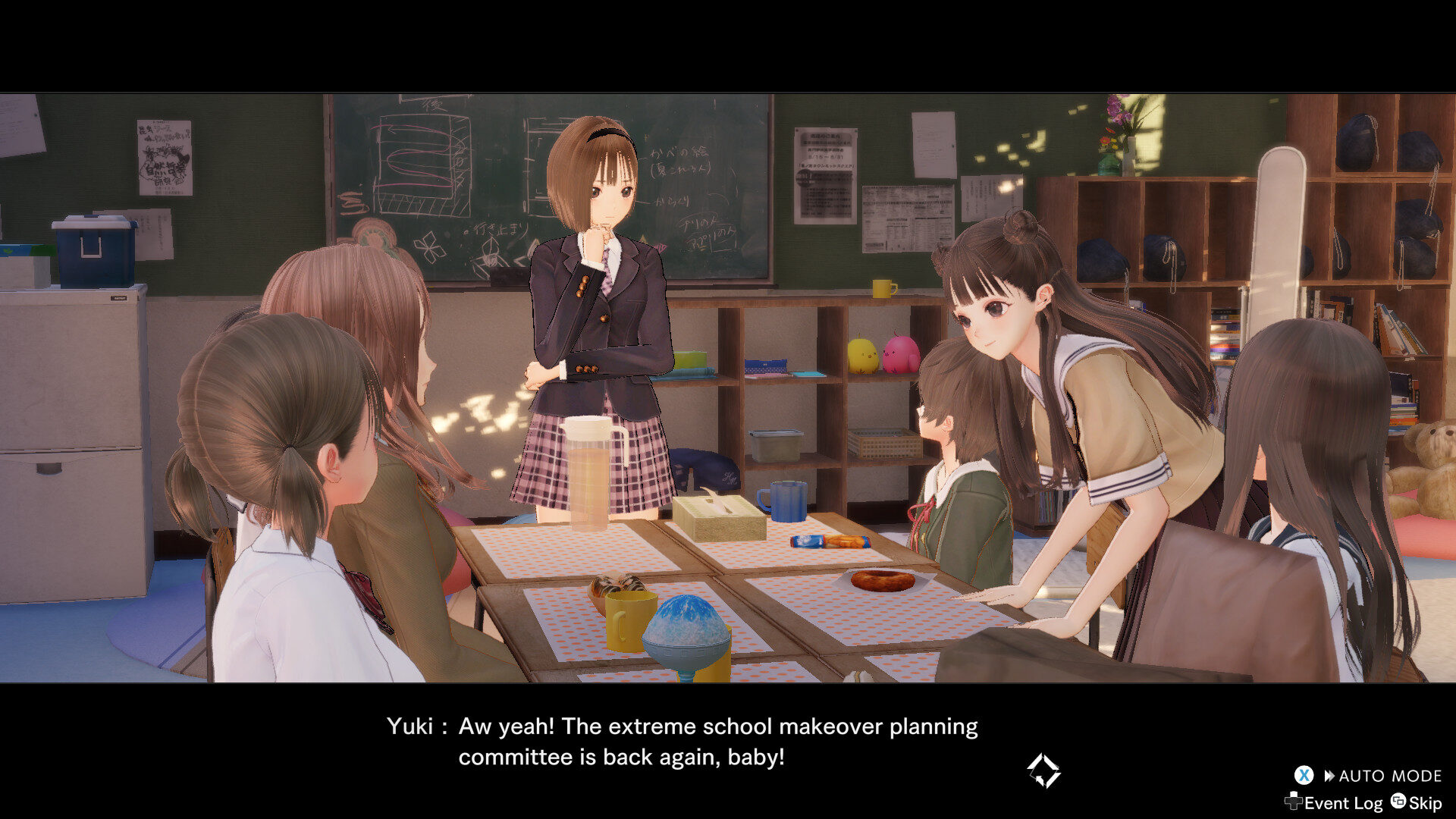
I’ve seen this interview brought up as yet another example of how “social justice warriors” are ruining Japanese gaming, including by people who—hilariously—at the same time admit they’ve never touched a Blue Reflection game or know anything about them. I have my own concerns over the sanitization of certain Japanese PlayStation games in recent years, but I find using Blue Reflection as an example of “woke censorship” completely infuriating. Second Light and its predecessor are not sexy games having their sexiness stripped out; they’re games where the creators are now giving more thought to how they portray women in their women-driven games. Arguing for more panty shots or bath scenes of girls that clearly look like high schoolers might not be the argument you want to be making, nor should you help perpetuate the idea that all video games are first and foremost for a male audience.
I’ve been frustrated for years at how Gust won’t make its Atelier titles friendlier to the one audience that most needs games like that—young girls—and yet Blue Reflection may be an even better option for that audience. There are an endless amount of RPGs for guys looking for fan service, so I cheer the idea that this series might be shifting away from any potential creepiness and more towards something that all players can embrace.
And, I hope that more people do embrace Blue Reflection: Second Light. It, like its predecessor, cannot escape the trappings of its developer, nor can it compare to the big names of the JRPG industry. But, also like its predecessor, Second Light rises above its issues to become something special. While elements like the stealth system are a clear step back from what we had before, so much of the rest of the game feels like tangible steps forward. Blue Reflection: Second Light has been one of the pleasant gaming surprises of the year for me, and I now have more faith in a potential third game in the series than I do in a lot of other sequels that are soon to come our way. Gust’s superheroines might not be saving the RPG genre just yet, but they certainly are making it a more magical place.
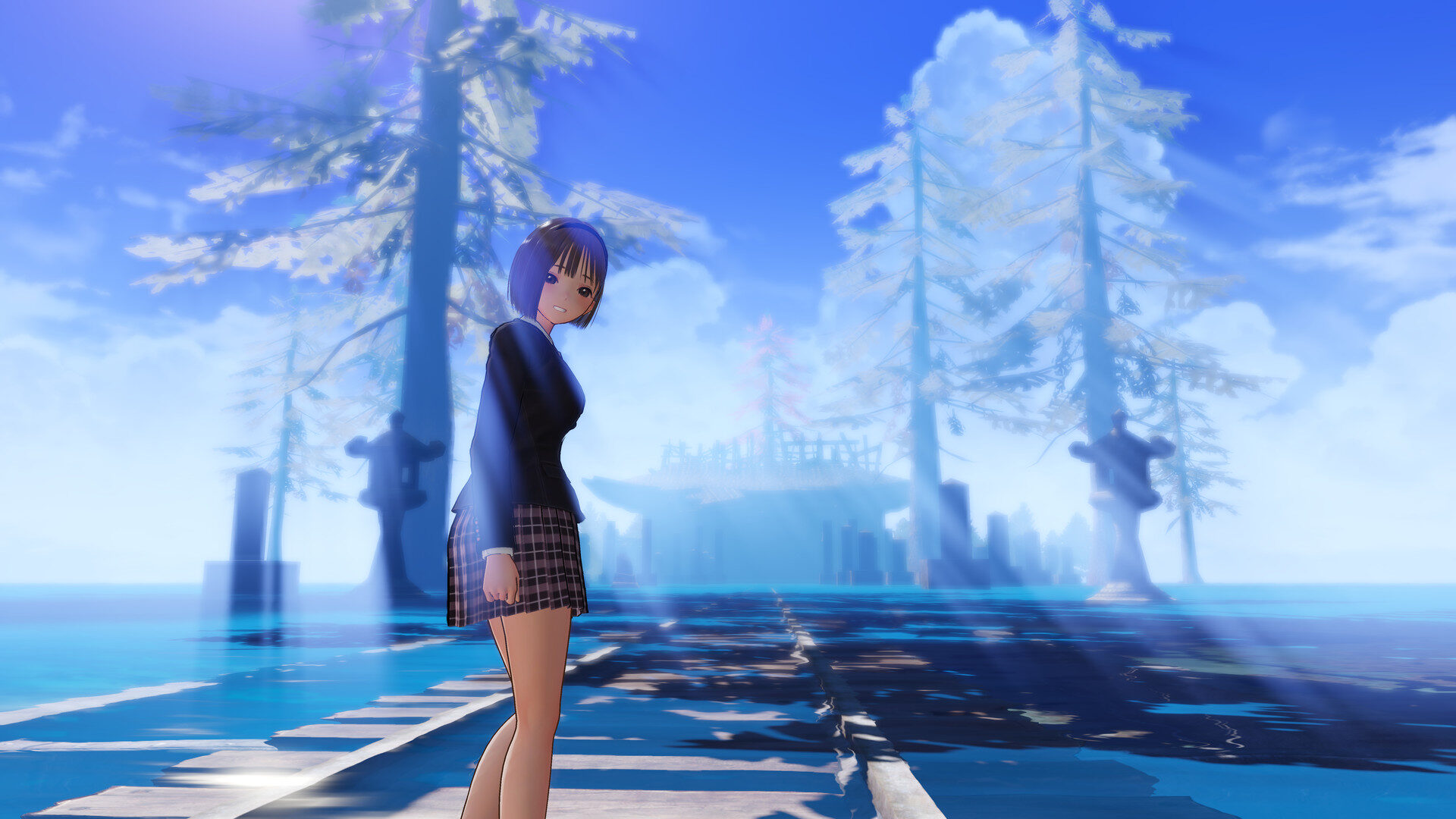
|
★★★★☆
Blue Reflection: Second Light is a perfect example of judging a game on what it tried to be, and not what it isn’t. While it pales in comparison to other blockbuster Japanese role-playing games, and remains constrained by the long-standing limitations of its developer, it is an enjoyable and engrossing adventure when taken for what it is: a mid-tier RPG that brings together a group of fleshed-out characters who are trying to improve both their lives and their world. Coming off the original Blue Reflection, Second Light genuinely advances the franchise both in terms of storytelling and gameplay, offering an even better experience to those looking for this sort of game. |
Developer Gust Publisher Koei Tecmo ESRB T - Teen Release Date 11.09.2021 |
| Blue Reflection: Second Light is available on PlayStation 4, Nintendo Switch, PC. Primary version played was for PS4. Product was provided by Koei Tecmo for the benefit of this coverage. EGM reviews on a scale of one to five stars. | |

Mollie got her start in games media via the crazy world of gaming fanzines, and now works at EGM with the goal of covering all of the weird Japanese and niche releases that nobody else on staff cares about. She’s active in the gaming community on a personal level, and an outspoken voice on topics such as equality in gaming, consumer rights, and good UI. Check her out on Bluesky and Mastodon.